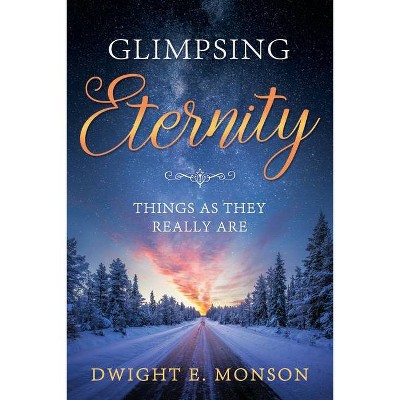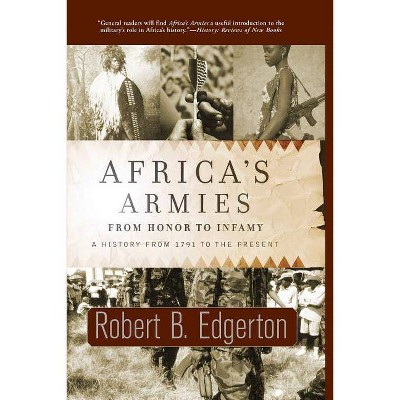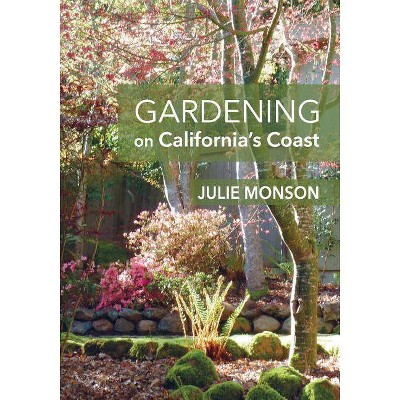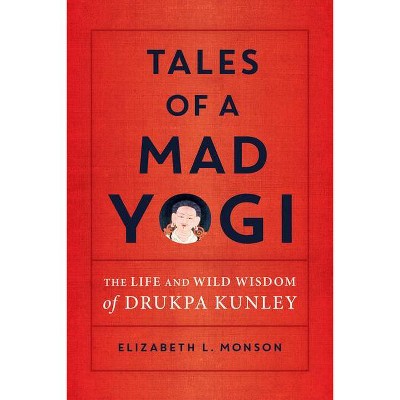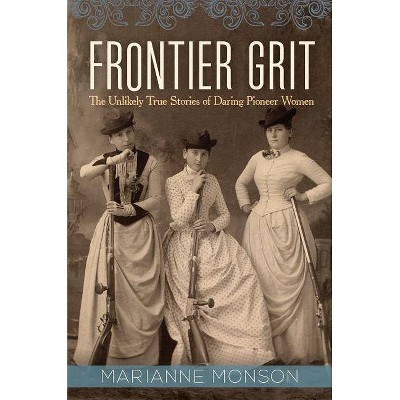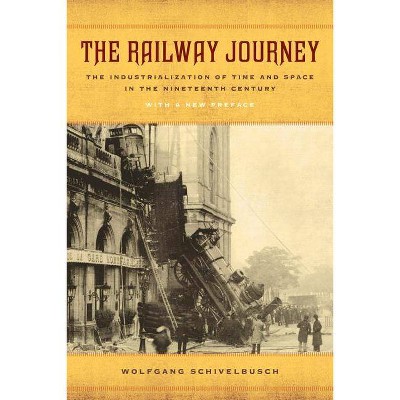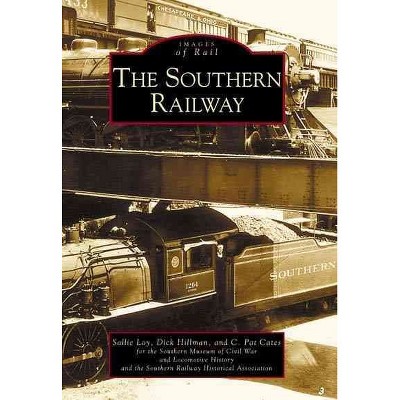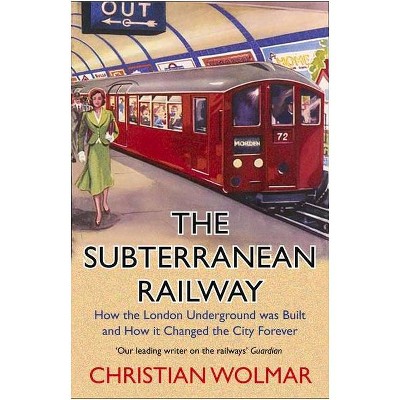Africa's Freedom Railway - by Jamie Monson (Paperback)
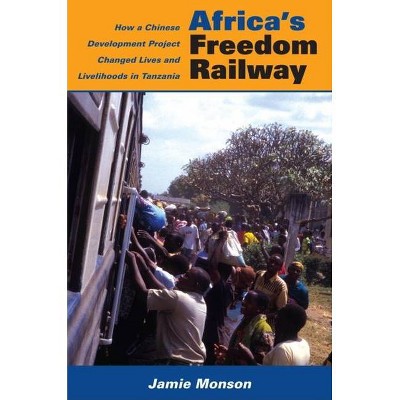
Similar Products
Products of same category from the store
AllProduct info
<p/><br></br><p><b> About the Book </b></p></br></br>It tells a story of how transnational interests contributed to environmental change, population movements, and the rise of local and regional enterprise.<p/><br></br><p><b> Book Synopsis </b></p></br></br><p>The TAZARA (Tanzania Zambia Railway Authority), or Freedom Railway, from Dar es Salaam on the Tanzanian coast to the Copperbelt region of Zambia, was instrumental in fostering one of the most sweeping development transitions in postcolonial Africa. Built during the height of the Cold War, the railway was intended to redirect the mineral wealth of the interior away from routes through South Africa and Rhodesia. Rebuffed by Western aid agencies, newly independent Tanzania and Zambia accepted help from China to construct what would become one of Africa's most vital transportation corridors. The book follows the railroad from design and construction to its daily use as a vital means for moving villagers and goods. It tells a story of how transnational interests contributed to environmental change, population movements, and the rise of local and regional enterprise.</p><p/><br></br><p><b> Review Quotes </b></p></br></br><br><p>[Africa's Freedom Railway] becomes the definitive multidisciplinary account. . . . [This book] is a model of transport historical geography. . . . [Monson] tells human stories about a massive transport project: its proponents, practitioners and petitioners take centre stage.18.4 July 2010</p>-- "Journal of Transport Geography"<br><br><p>Africa's Freedom Railway is a valuable addition to the social history of postcolonial Tanzania. . . . This book provides and excellent example to follow.Vol. 50 2009</p>--Emma Hunter "Gonville and Caius College, Cambridge"<br><br><p>Africa's Freedom Railway is an insightful and well-informed book that bears testament to the experience of those Tanzanians and Chinese who worked on TAZARA railway as well as those whose lives have benefitted from its presence. By documenting the experience of those people affected by TAZARA, Monson effectively illustrates how the railway benefitted the majority of Tanzanians. Similarly, the book's wealth of sources enables Monson to write about contemporary Tanzania in a historical context, as TAZARA has shaped the present.Vol. 11.2-3 Spring 2010</p>--Nicholas T. Smith "University of California"<br><br><p>An important contribution to the expanding field of Sino-African Studies. Vol. 200</p>-- "The China Quarterly"<br><br><p>An interesting account of a remarkable chapter in the chequered history of Tanzania's development.# 94 Sept.-Dec. 2009</p>--John Sankey "Tanzanian Affairs"<br><br><p>The depth of material and analysis makes this essential for development studies and especially Chinese-African relations as the People's Republic expands involvement in the continent.Feb. 2010</p>-- "Choice"<br><br><p>This insightful account of transnational infrastructure cooperation will no doubt be welcome reading not only for academics and students, but most importantly for African leaders who have to make critical development choices for the benefit of their own people.Vol. 115 Feb. 2010</p>--Peter A. Dumbuya "Fort Valley State University"<br><p/><br></br><p><b> About the Author </b></p></br></br><p>Jamie Monson is Professor of History at Macalester College. She is editor of <i>Women as Food Producers in Developing Countries.</i></p>
Price History
Price Archive shows prices from various stores, lets you see history and find the cheapest. There is no actual sale on the website. For all support, inquiry and suggestion messagescommunication@pricearchive.us
